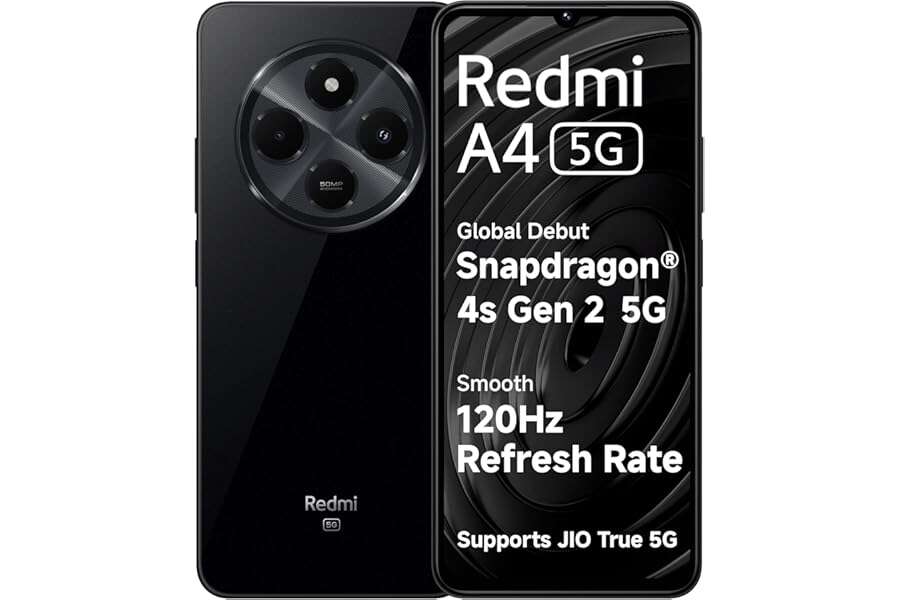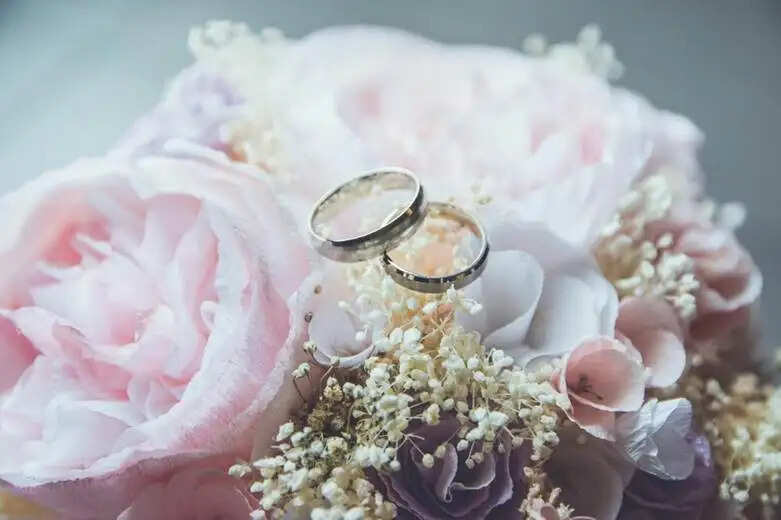How Indian weddings differ from modern weddings: From traditions to wedding outfits
Weddings are a universal celebration of union and love, but they vary considerably across cultures, with each of them standing out through unique traditions, rituals, and customs with some opting to go ultra modern with a wedding website. Think of Indian weddings, for example, which place a strong emphasis on tradition and family and celebrate the new life of the couple together. The awe of Indian weddings makes them very different from modern weddings, which prioritize individuality and simplicity. From the decorations to the wedding outfits and the guest list, there are unique characteristics to an Indian wedding that you won’t see in a modern wedding.
Members list
There’s a reason why Indian weddings are so huge. While in America, the average wedding size is less than 150 people, things are different for Indian weddings. In India, literally, everyone is invited to a wedding – yes, even that person with whom the couple may have talked just once. This is because there’s some pressure in the country not to offend someone by not giving them an invitation, and on the flip side, those who do get an invitation feel obligated to attend the event out of respect.
For modern weddings, the celebration is limited to family, friends, and close relatives, and it’s normal for people to hear that someone they know is getting married without getting an invitation to the big event.
Duration
A modern wedding usually spans not more than one day, including the ceremony that happens at the church, followed by the reception. The ceremony tends to be short, around one hour or so, and it’s the reception that goes on for many hours. However, most Indian weddings last around three days, but they can go on as long as five days, with each day marking a different tradition. The nuptials are exchanged on the third day, and that’s also the day for the reception, while the two days before the wedding ceremony are designed to be more intimate, with only close friends and family being invited.
Day one (the Mehndi party) is an event dedicated to the bride and her female friends and family members, and it’s where the henna is applied to her. It can take around two to six hours to complete the entire process, and while the groom's family can definitely participate, the bride’s parents are usually the hosts. Day two, or the Sangeet, is where the families gather to dance and sing as a way to celebrate the union of the couple, and oftentimes, the family members and/or the bridesmaids will do a choreographed dance to spark joy and celebration.
Ceremony
Indian weddings are very symbolic and incorporate lots of rituals. For instance, the jai mala is the groom and bride’s exchanging of flower garlands. There is also the hasta melap, where a female relative of the groom ties a knot between the sari of the bride and the scarf of the groom. This physical binding is meant to represent “a love that binds two souls for a lifetime.” The couple will also take four steps around a fire, with each of the steps symbolizing a stage of life. They take seven more steps during the saptapadi, which are the steps taken together as husband and wife.
Modern weddings tend to be shorter and more direct. Some common rituals include exchanging vows and rings and kissing the bride. Interestingly, in Indian weddings, there’s almost never a kiss shared as a married couple.
Wedding outfits
Modern wedding attire is all about sleekness, individuality, and innovation while maintaining sophistication and elegance. For both the bride and the groom, this means embracing contemporary fabrics, minimalist aesthetics, and unique details that allow them to express their personalities. Whether it’s A-line, ball, or mermaid, the design of the modern bride’s wedding dress is clean and elegant. As for the color, modern wedding dresses are typically white. Wedding guest outfits can differ based on the theme and venue for the event, but as a general rule, women can wear slip dresses, below-the-knee dresses, a dressy top and skirt, or an elegant pantsuit.
On the other hand, the Indian wedding dress is known for its vibrant hues, intricate designs, and luxurious fabrics. Among the most popular dress styles is the saree, which is a lengthy piece of fabric draped around the body in an elegant manner, with one end tucked into the waistband while the other is draped over the shoulder. The saree is usually crafted from chiffon or silk and showcases intricate beading and embroidery. Among the favored colors for Indian wedding dresses are red, pink, and gold. Red, in particular, holds special meaning in Indian tradition, adorning brides because of its auspicious symbolism. As for the guests, it’s recommended to choose bright colors that feel celebratory; however, note that since the wedding takes place over more days, different outfits will be needed. For the wedding ceremony, women can opt for a blouse, a dupatta ( scarf), a lehenga ( an ankle-length skirt), or an Anarkali suit, which consists of a long, flowing tunic with fitted pants.
Decorations
While a modern wedding usually takes place in a church or reception hall because of the emphasis on religion, in India, this event happens outside, beneath a mandap, demonstrating the importance of community and nature to Indian people. The mandap is a special type of altar where couples exchange vows, and while it was originally built from wood, it has evolved into unique designs, such as draping, crystals, and flowers, so couples can choose among various options.
Weddings in India will generally incorporate lots of lights and decorations as a way to enhance the visual beauty of the ceremony. For instance, the wedding stage is designed in a way that reflects the event’s grandeur, as it’s the focal point for guests to see the couple. Velvet drapes, gold, and floral arrangements are used to create an opulent stage setting. Car decoration is also an essential aspect of the overall wedding celebration in India, and will generally have elaborate decorations, like ribbons, flowers, and even intricate work like glitter or mirror work. This is because a wedding car symbolizes the journey of the couple together, so it should be as beautiful and grand as the ceremony itself.
The bottom line
Modern and Indian weddings are very different in terms of customs and traditions, and the latter stand out for their grandiose decorations, the length of the event, the number of guests invited, and the unique fashion style, to name just a few things. However, ultimately, despite these differences, both the Indian wedding and the modern wedding have their unique beauty and appeal, and at the core, they hold the same significance: it’s a celebration of love and union between two people who are just about to embark on a new journey together.


